Zhōngyāng Theater (中央戲院) is located in Guanmiao, a rural district in southern Tainan home to slightly less than 35,000 residents. The name is derived from a nearby street and simply means Central Theater. It was constructed in 1969, a few short years after an open-air movie theater began showing films on this plot of land just east of the biggest market in town. As with many Taiwanese cinemas of its vintage, it was in business until the late 1980s before winding down, another casualty of changing consumer habits, the collapse of local industry, and rural flight. This year marks the 50th anniversary of Zhongyang Theater, a milestone recently observed by Guanmiao Youth (關廟青), a group of local activists hoping to revitalize their hometown. They were successful in generating some some positive news coverage of the occasion, and now that this theater is in the news, I figure I may as well share my findings from several visits to the site over the last four years.
This particular theater occupies the upper levels of a mixed-use building with commercial units on the ground floor, a common design pattern for Taiwanese cinema. The original ticket booth and entrance to the main theater hall was located at the back of the building, drawing patrons down a corridor lined with small shops, another source of income for the owners. As the theater slipped into decline many of those shops closed and several were repurposed as residences, some of which are still occupied today. One unit facing the street was converted into a second ticket booth at some point, another reflection of the theater’s changing fortunes.
Theater owners resorted to a variety of measures to remain in business throughout the twilight of the Taiwanese cinema industry. One common practice involved subdividing large halls into smaller rooms to show more films, but this wasn’t attempted here. Zhongyang remains one of a select few theaters that remained more or less the same as when it opened: one vast hall, with numbered seating for approximately 300 patrons. Apart from showing films, this theater also hosted graduation ceremonies and other local events, as can be seen in this article (and the accompanying video). Decades after closure the rooftop is collapsing in several areas, wooden seating is decaying into mulch, and every surface is coated in grey dust, but it remains easy to appreciate the scale of this old theater.
Beyond demonstrating the aesthetics of decay, old movie theaters, particularly those found in small towns like Guanmiao, also serve as socioeconomic indicators1. Guanmiao must have been booming when this place was built—and indeed, Zhongyang Theater was founded not long after the town became a center of the bamboo and rattan industry (竹藤產業)2. Factory owners outsourced production to Indonesia in the 1980s and the entire industry collapsed after a rattan export ban was imposed in 1988. By that time plastics had become far more prevalent in Taiwanese society, so Guanmiao began emptying out to bigger urban centers with more employment opportunities for young people, and without a lively customer base, the theater soon went out of business.
There are two cinematic references worth exploring in relation to this movie theater. Faintly visible in one of the photos above is a rusty metal door on the main stage with a small sign posted overhead. This sign reads Dragon Woman Descends (龍女下凡, alternately A Fairy to the World), a Taiwanese film released in 1982 and presently available for viewing on YouTube. This is likely an artifact of a handmade display initially posted somewhere else since it wouldn’t have been visible to anyone but staff in its present location.
The second reference is gleaned from a stack of sleazy movie posters found in one of the back rooms. The title listed on the poster is The Red Shoes (紅菱艷), shot in Technicolor (特藝彩色) and starring Anton Walbrook (安東華布克), Moira Shearer (穆拉雪瑞兒), and Marius Goring (瑪琳絲高玲). But there is a problem with this identification: the film is obviously some sort of pornography, and the imagery doesn’t even remotely match that of the Oscar-winning original released in 1948. Showing adult films is a common practice not long before theaters close for good—but what explains the false information on the poster? My guess is that someone copied an existing movie poster to evade the attention of the authorities.
Finally, several plaques posted in the grand stairway at the very back of the building3 confirm some of what we’ve already learned, including the date of opening: September 1969 (中華民國五十八年九月). So here we are slightly more than half a century after this theater opened, asking: what will the future hold for Zhongyang Theater? With more than 30 property owners, many of them now residing overseas, it will be difficult to come to any consensus about revitalizing the space, particularly as the population of Guanmiao continues to age and decline. There is a very good chance we are living through the final years before this theater vanishes into history and collective memory.
- This was not the first or only theater in town; Guanmiao Theater (關廟戲院) predates this one by quite some time, and there was almost certainly a venue for traditional Taiwanese opera, concerts, and other stage performances going back to Japanese colonial times, but I don’t have very much information about any of that. ↩
- Bamboo and rattan were processed and used to manufacture furniture, baskets, utensils, and all sorts of household items. This page features a video documenting an old master of the trade along with some archival footage of bamboo and rattan vendors. Guanmiao is also known for pineapple cultivation and the production of the eponymous Guanmiao noodles (many of which are actually manufactured in neighbouring Guiren) but it sounds like it was bamboo and rattan that brought prosperity to the town around the time this theater was constructed. ↩
- In case you’re curious about what some of the others say, I’ve transcribed them here: 國富民樂 (“country becomes rich, people become happier”), 輔佐教育, and 宏圖丕展. ↩
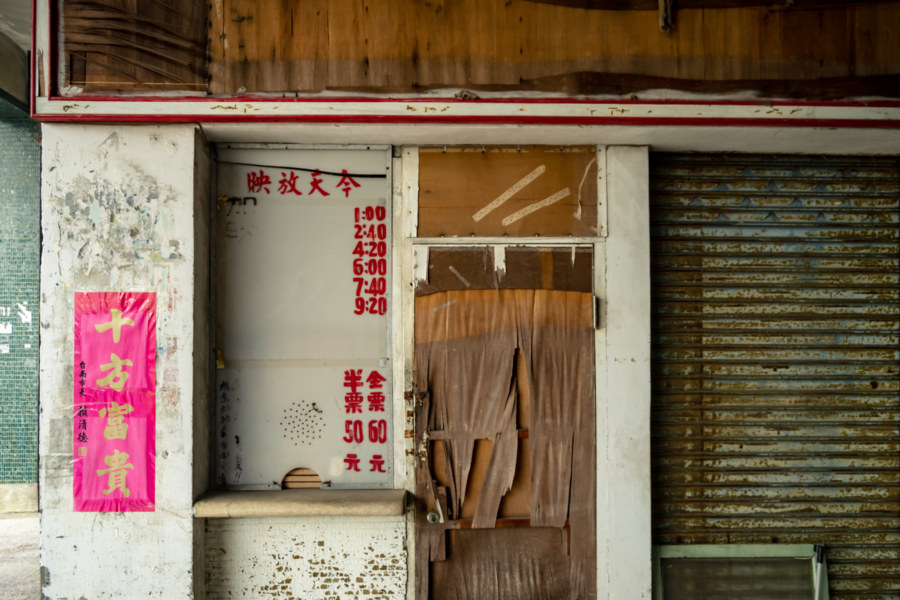
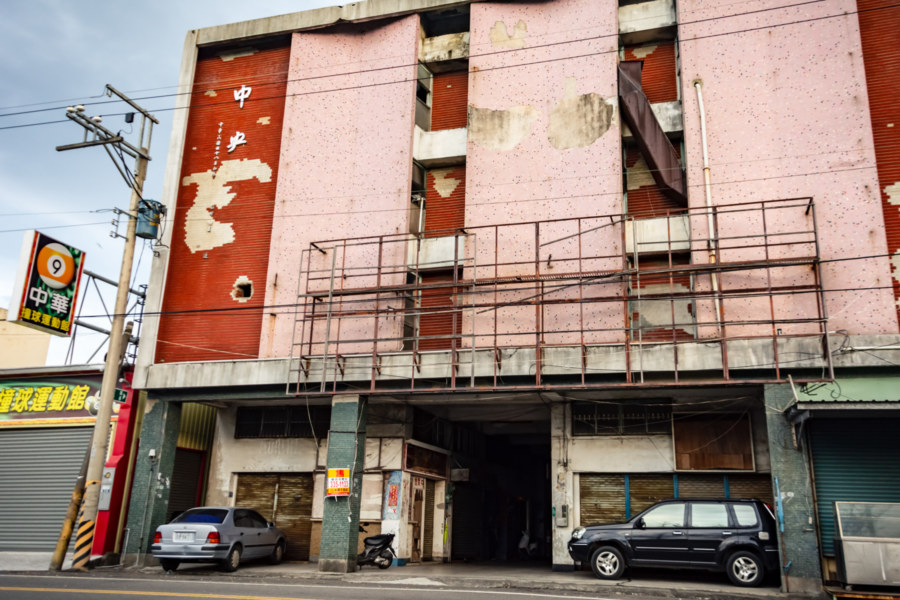
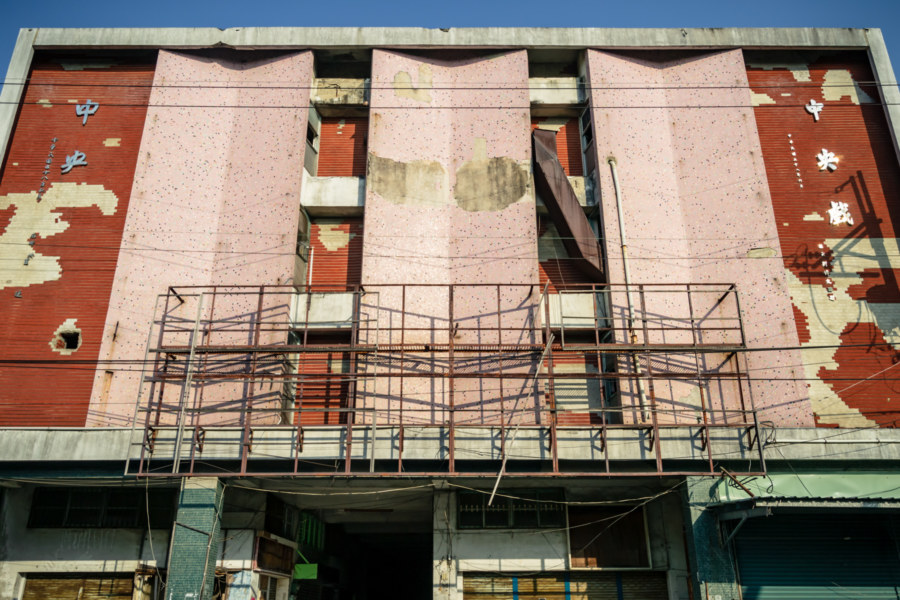
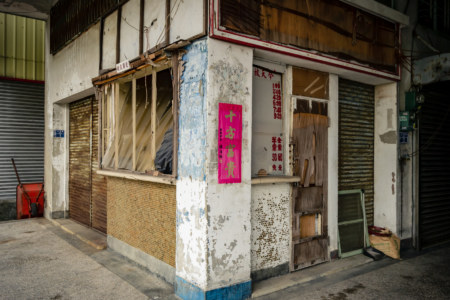
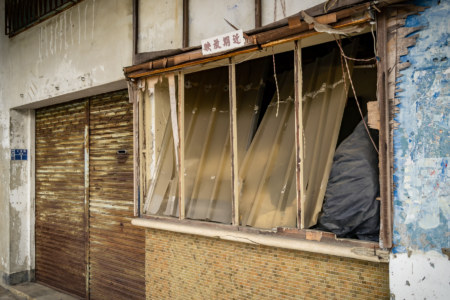
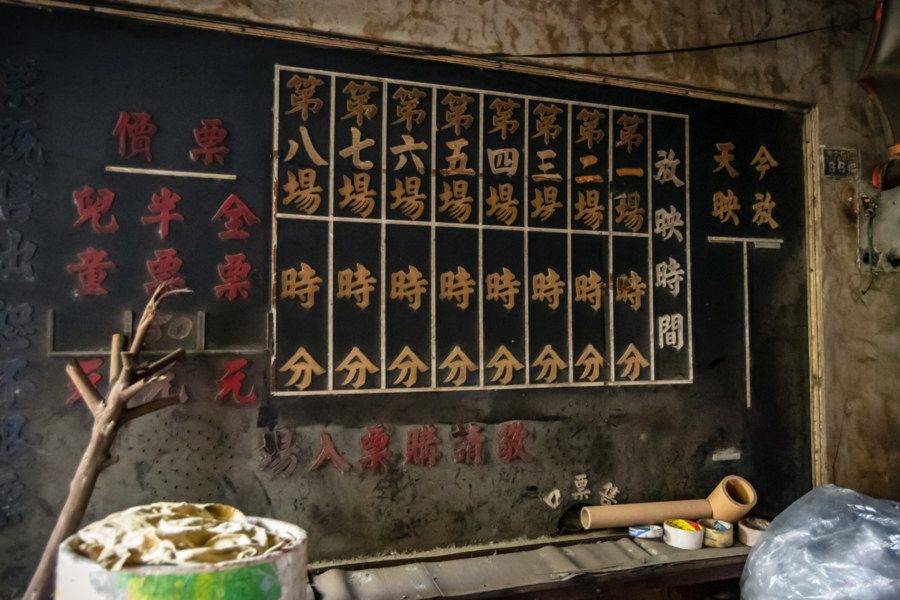
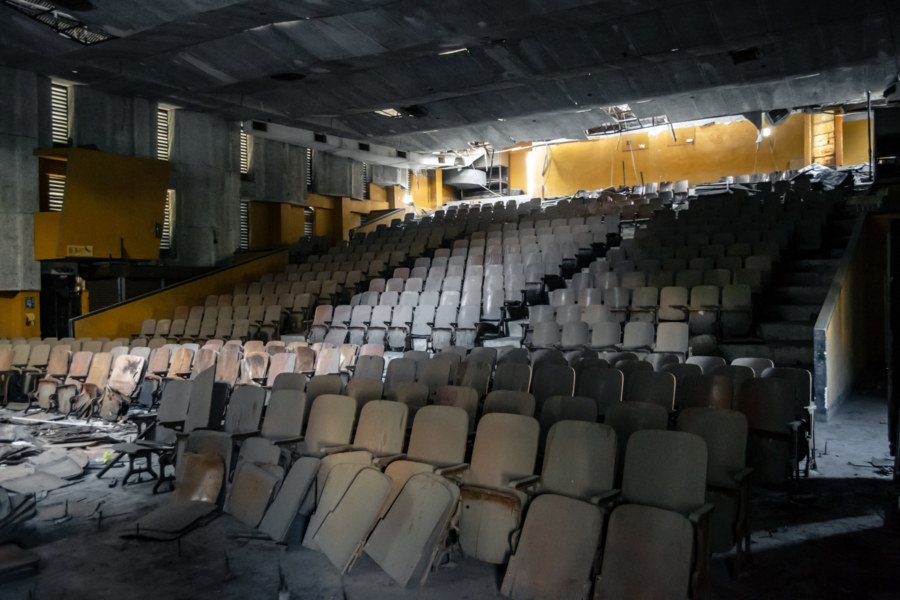
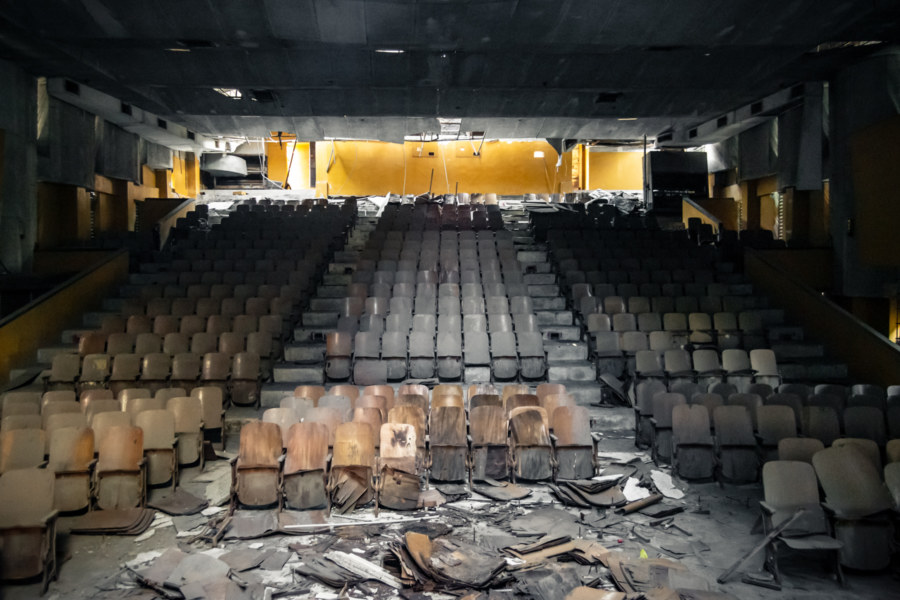
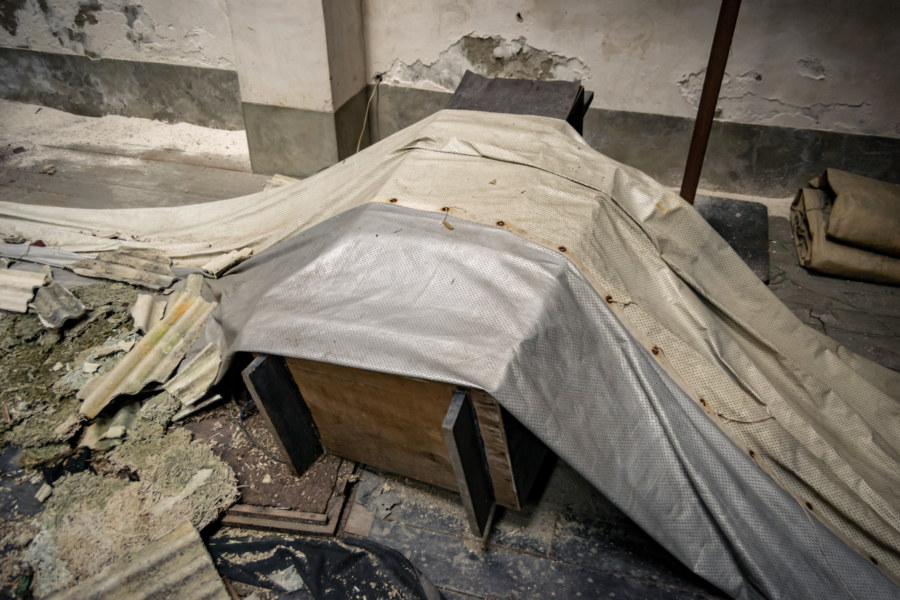
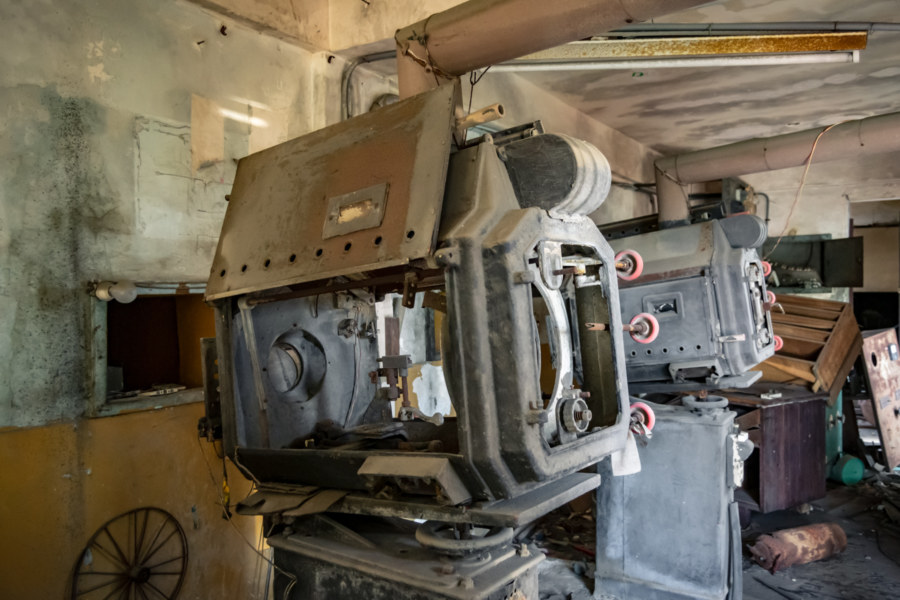
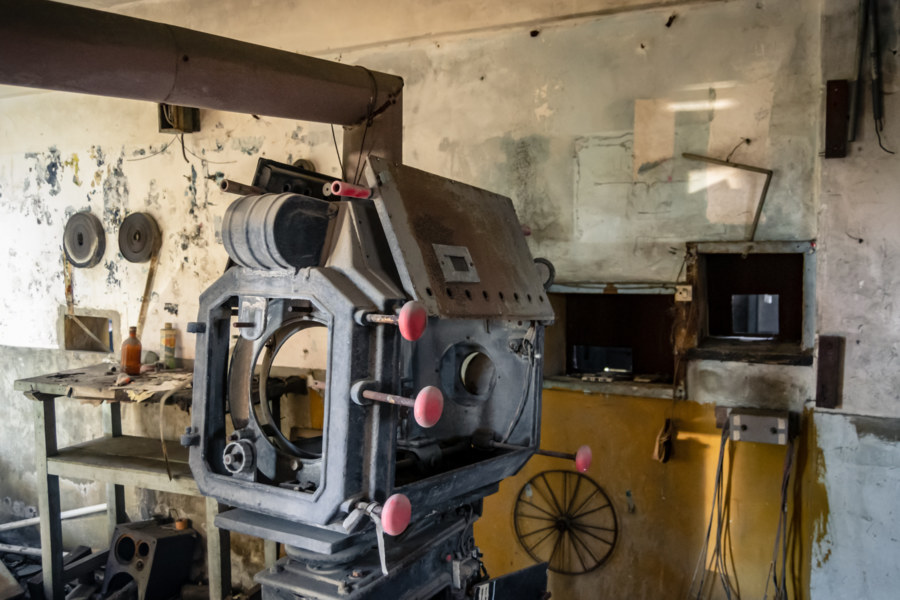
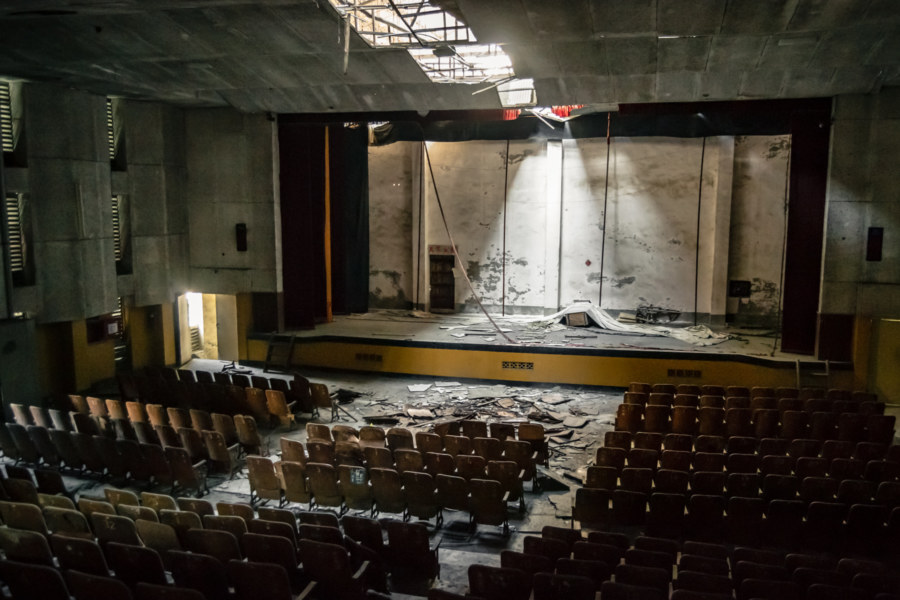
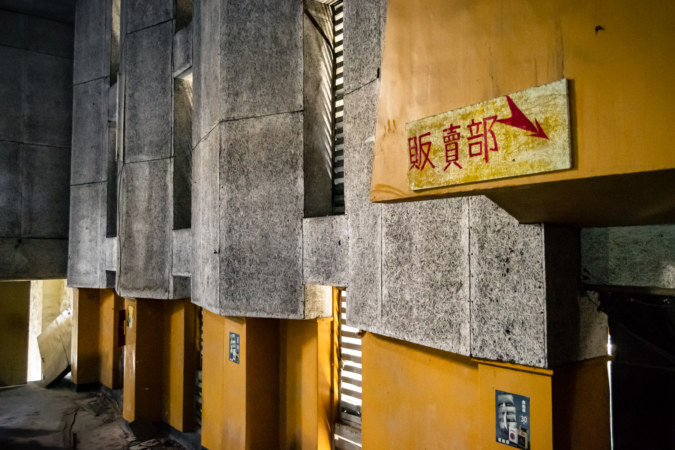

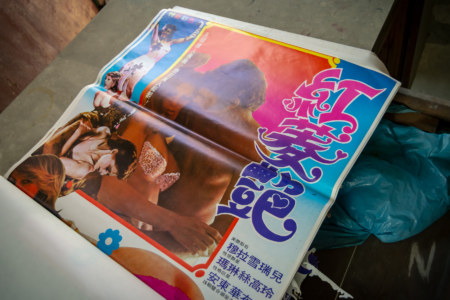
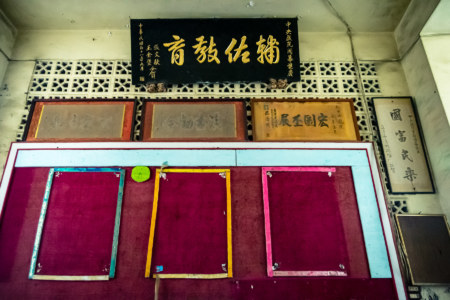
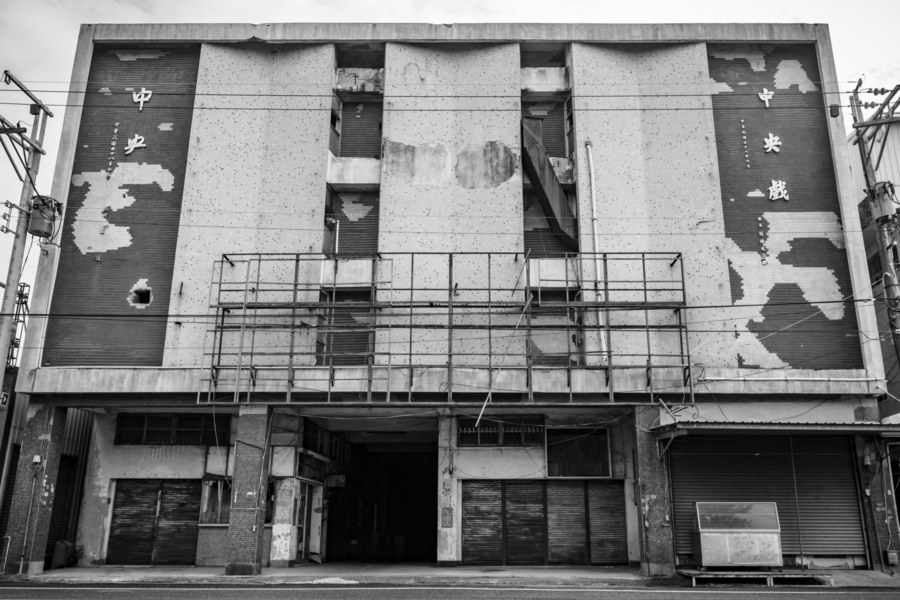
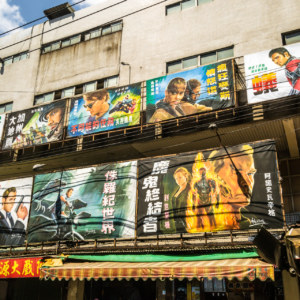
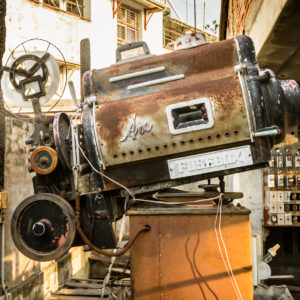
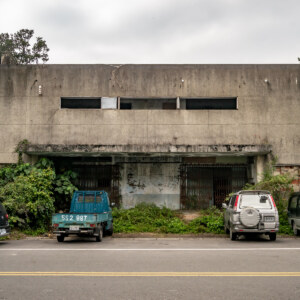
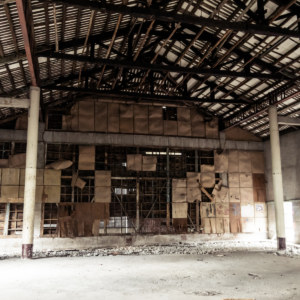
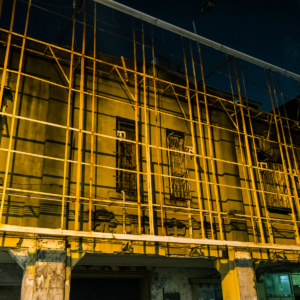
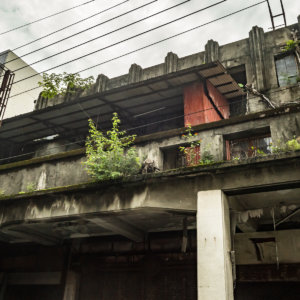
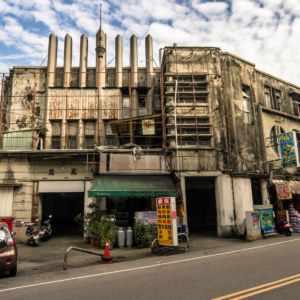
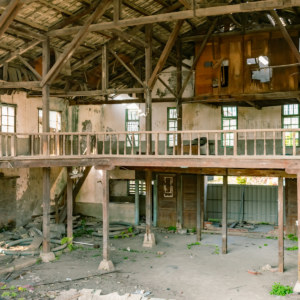
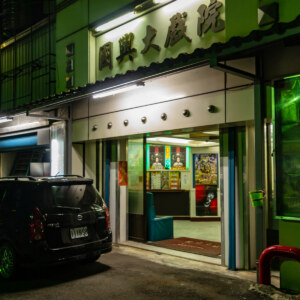
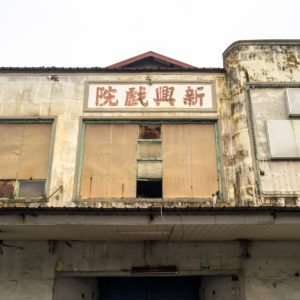
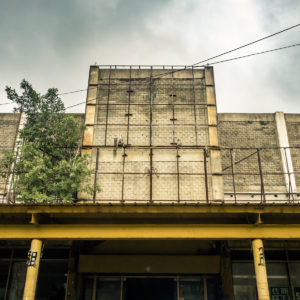
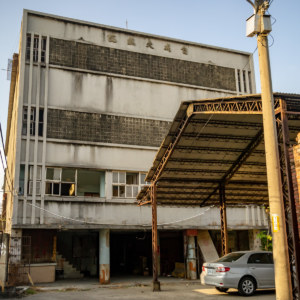
Write a Comment